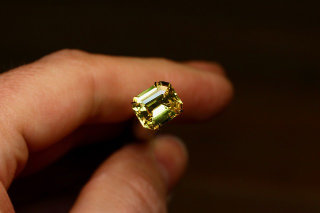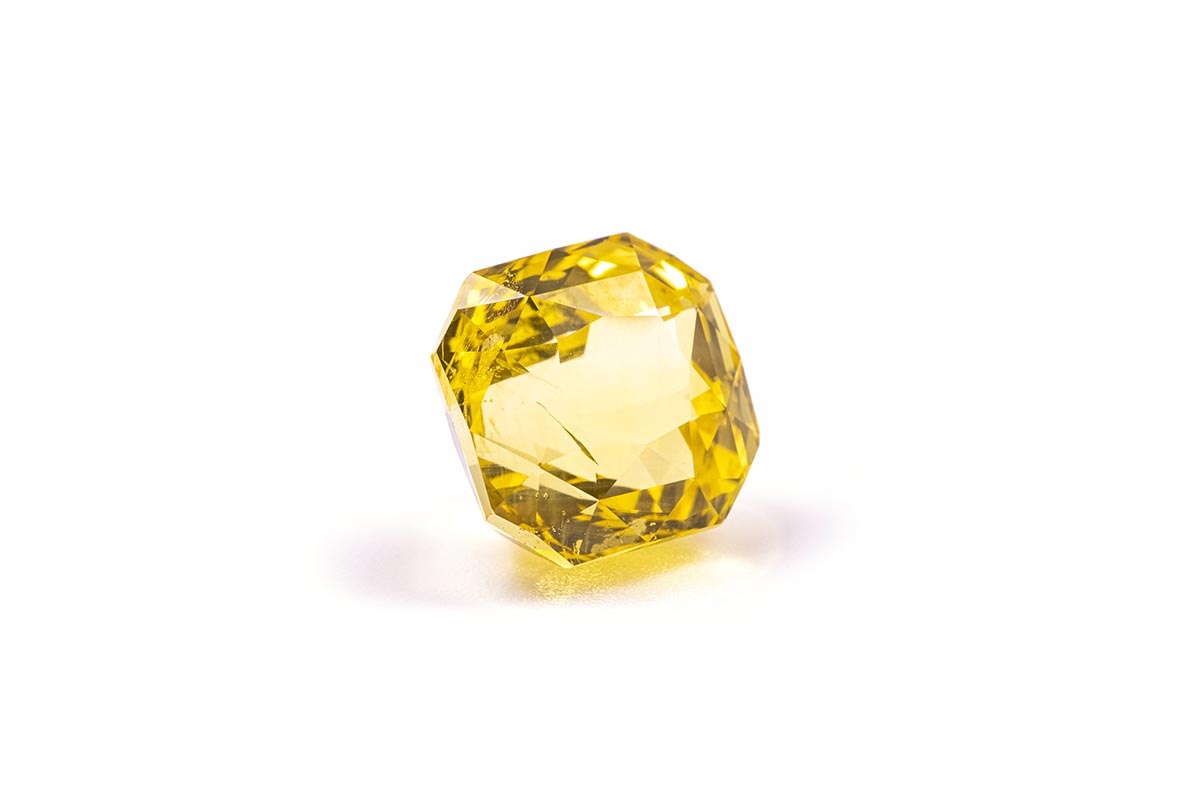Knowledge
13.04.2021 On the price of gemstones
The question “How much do gemstones cost?” can certainly be answered, as the price of a gemstone is based on several factors. The biggest influence on the value of a gemstone is its size, combined with its color, purity and thus its quality.

What determines the price when buying a gemstone?
Color – The color of the gemstone
The value of a gemstone depends heavily on its color. As a rule, color-intensive gemstones are in demand, but there are, of course, a few exceptions.
Colored gemstones increase in price when they have rich or intense colors and the color is evenly distributed. Depending on the type, there are color variations that are particularly sought after and are considered the ideal color.
In addition, natural colored stones are considered more valuable than those whose color has been subsequently improved by treatment.


Clarity – The purity of the gemstone
When determining the price of a gemstone, its clarity is considered first. A gemstone is considered pure if it is free of inclusions, that is, if there is no foreign material in the stone. This includes other minerals, gases, liquids, and also growth lines that interfere with the luster and play of light in the crystal. Gemstones are considered to be absolutely pure only when no inclusions are visible even under 10-fold magnification. The purity plays a decisive role especially with colorless gemstones.
Cut – The shape & the cut quality of the gemstone
A good cut brings out the best in the gemstone and enhances its beauty. It is through cutting that the sparkle of a stone comes out and even small blemishes in the clarity can be made invisible through a skillful cut. However, with cutting, a large portion of the initial weight of the rough stone (from 50 to 80%) is lost.
Thus, the type and design of the cut can account for between 10 and 20% of a gemstone’s value. Different types of gemstones are cut differently. For diamonds, the classic brilliant cut has prevailed, the emerald is name-giving for the emerald cut, whereas opals are often not faceted, but cut as a cabochon.


Carat – Size and weight of the gemstone
Of course, the size of the gemstone also plays a decisive role. The weight of gemstones is measured in carats, where 1 ct. corresponds to 0.2 grams.
High quality minerals are rarer the larger they are. So the bigger a stone, the higher its value per (!) carat. In other words, the price grows exponentially with the corresponding quality. A two carat stone is therefore to be valued higher than two qualitatively similar single carats.
But also “calibrated” (in the dimensions the same) stones can achieve higher prices per carat in the trade, because they are easier to process for jewelers.

The place of discovery as a price determinant?
For many colored gemstones, origin also plays a role in pricing. This is because certain regions or even individual mines are known for particularly beautiful stones. For example, the Mogok region of Burma is known as the place of origin for pure, intensely colored rubies, while the best emeralds are said to come from the Muzo Mine (“Old Mine”) in Colombia.

Prices of selected gemstones

The value of sapphires
The prices of sapphire vary from a few hundred euros per carat to six-figure sums per carat for particularly beautiful stones. Deep blue sapphires (“royal blue”) are particularly rare and sought after, and are correspondingly expensive.
However, most sapphires are not blue, but colorless or have various other colors.

The market value of rubies
The price of rubies ranges from a few hundred to several thousand euros per carat. Again, the more intense the color, the higher the price. The most sought-after color is the “pigeon blood red” variety.
Rubies have different coloration and fluorescence depending on the place of origin, which also affects their value. The most sought-after stones are from Burma, ahead of other localities in the Asian region and East Africa.

The price of emeralds
An emerald can be worth 50 euros per carat or several thousand euros per carat. The price of this green gemstone varies so much because the value is based on color intensity, inclusion pattern and cut quality.
Deep green stones that are clear and bright are particularly high-priced. The fewer inclusions – in the case of emeralds “jardin” (French for “garden”) – a stone has, the higher the price. Because the mineral beryl is very brittle, emerald is also considered particularly difficult to cut. A finely cut emerald is therefore also valued higher than one with a rough cut. Emeralds from Colombia and Zambia are also considered to be of particularly high quality.

The 10 currently most valuable gemstones
That diamonds are not necessarily the most valuable gemstones is now quite well known. Among the 10 minerals that are currently considered to be the most valuable gemstones, however, there are some exotics in addition to well-known gemstones:
- Taaffeite
- Poudretteite
- Musgravite
- Sapphire (Padparadscha sapphire & Kashmir sapphire)
- Alexandrite
- Pigeon Blood Red Ruby
- Grandidierite
- Jeremejevite
- Black Opal
- Benitoite

A certificate increases the value

Exact information about how much gemstones are worth in total or per carat is difficult to give, because as described above, it depends on the individual nature of the stone.
Therefore, a gemstone certificate from an internationally recognized gemmological laboratory is mandatory for investment stones. Without a corresponding certificate, a gemstone will fetch a significantly lower price when sold than an equivalent certified gem.
In the course of certification, a gemstone is graded, i.e. the individual characteristics of a stone are classified and recorded by independent experts. Some institutes also provide an estimate of the stone’s price in the certificate. This is primarily used by insurance companies to insure a gemstone.

Current trends in the gemstone business
The price of gemstones is also subject to certain fashions. Gemstones that are currently in fashion are more expensive in the short term, only to drop in price again. Personal preferences of the potential buyer also play a role.
Some really rare minerals, on the other hand, are unexpectedly cheap because they are only known to collectors and specialists due to their limited occurrence and there is no broad demand.
As an investment, we therefore recommend neither to jump on trends, nor to buy exotics, but to rely on common colored gemstones, which are always in fashion: First and foremost ruby, sapphire and emerald. For these colored stones there has been a strong demand for centuries.


